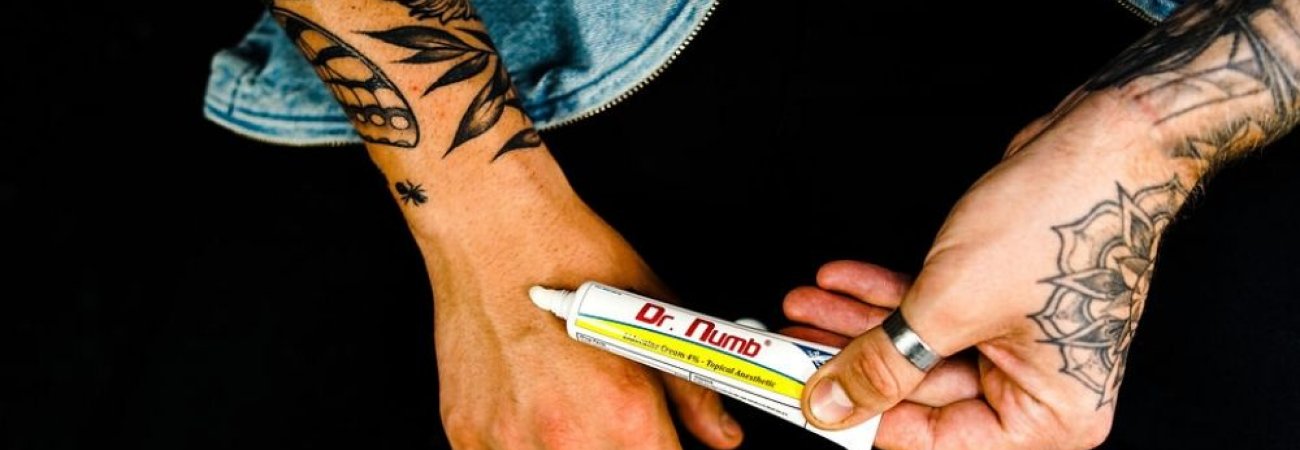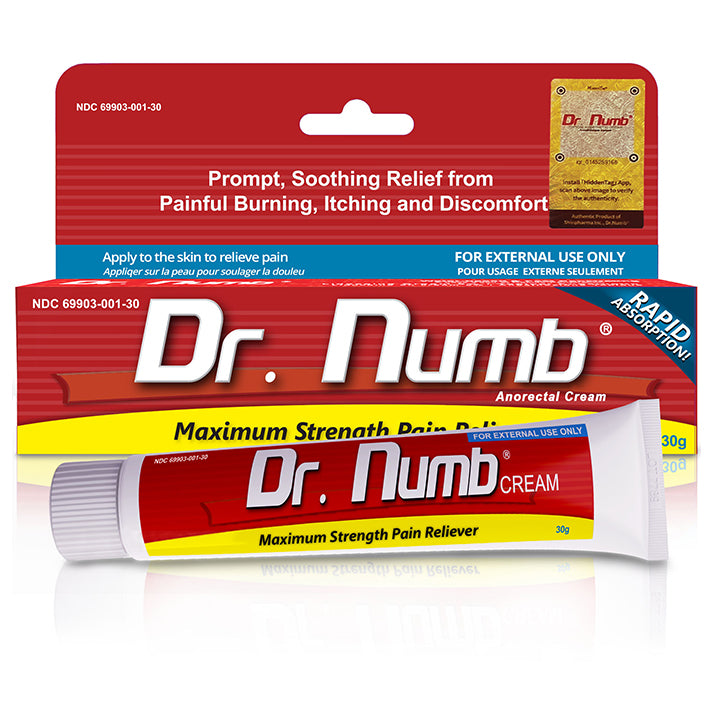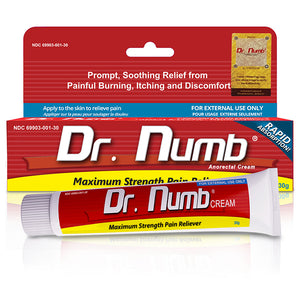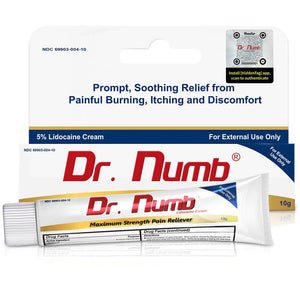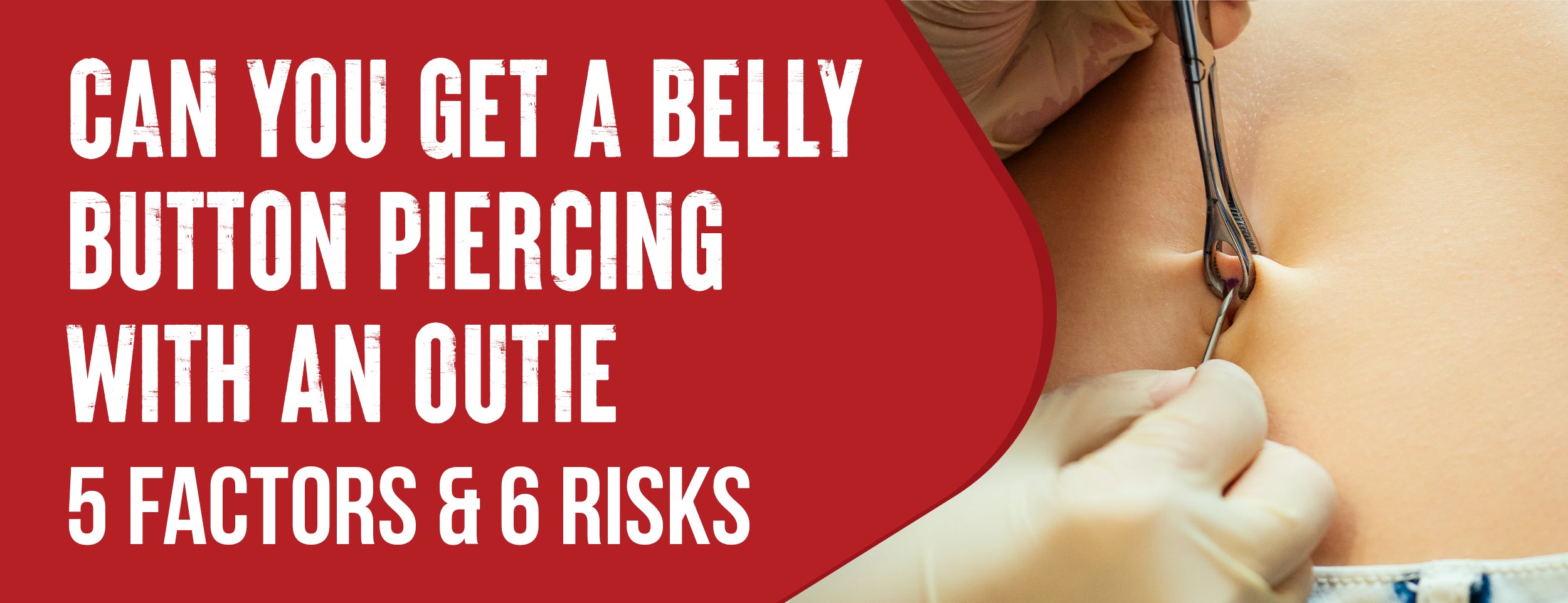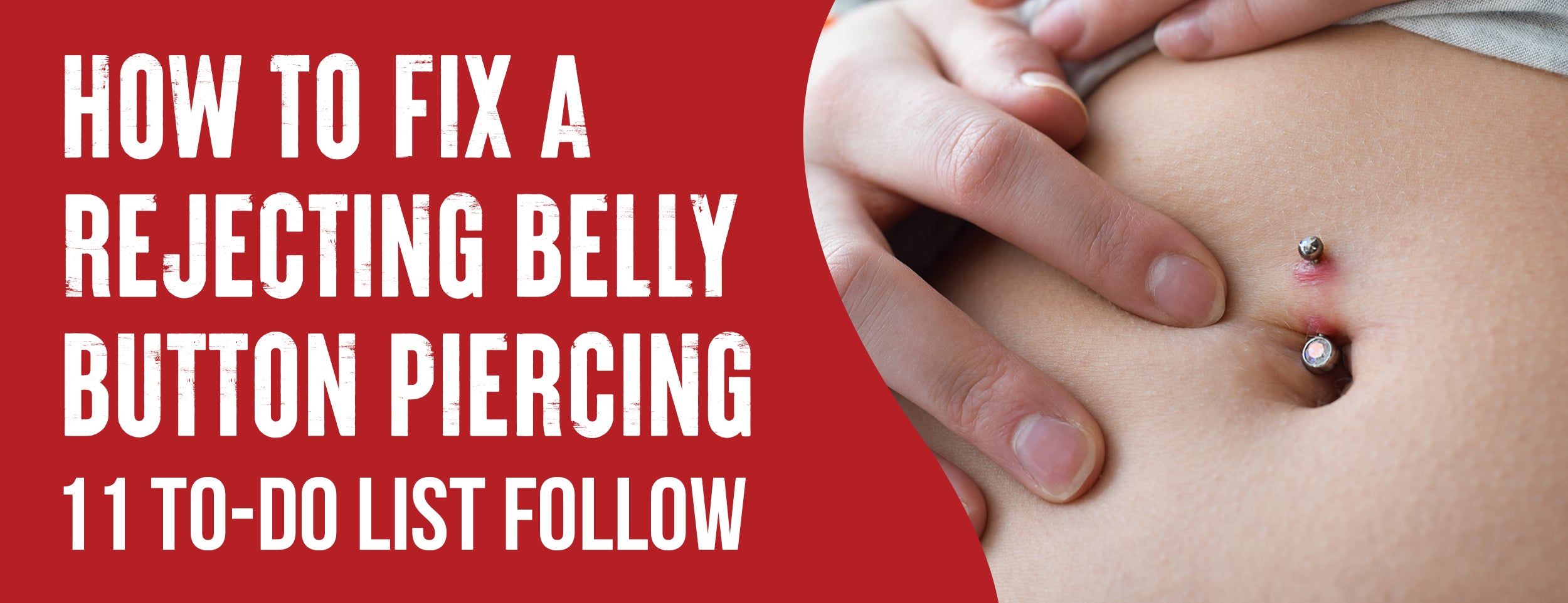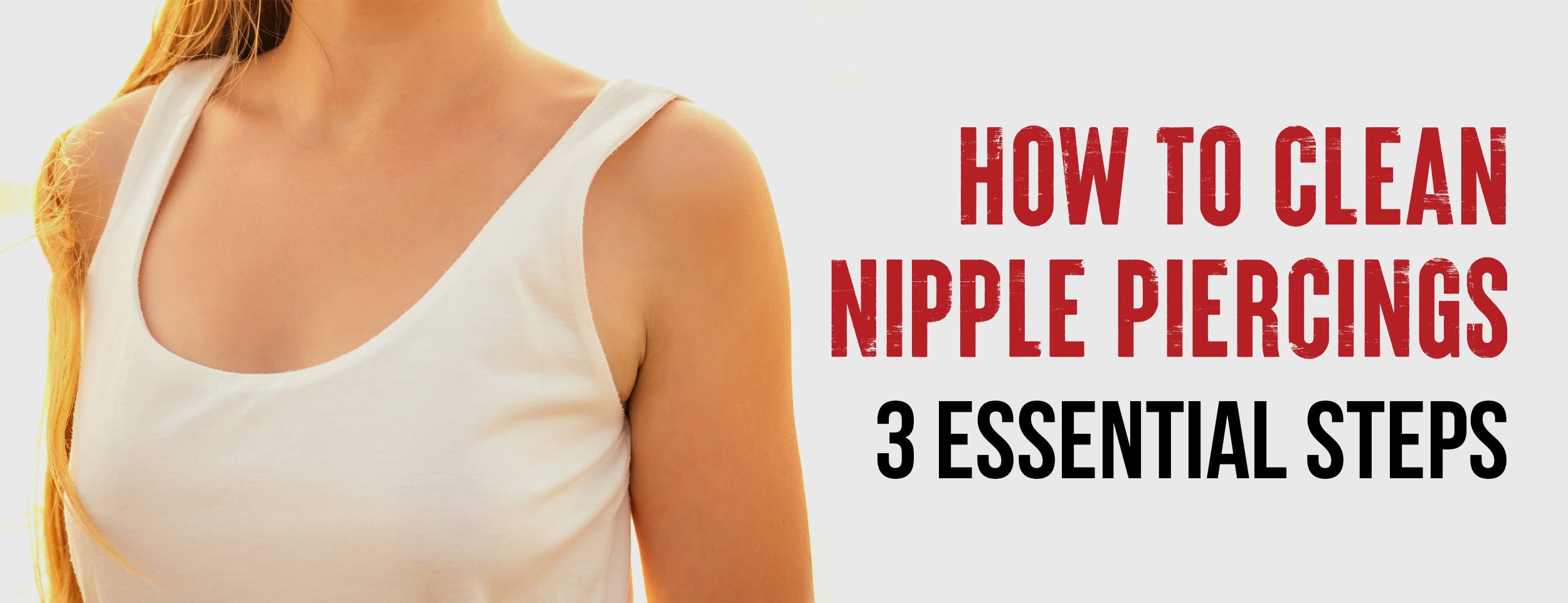Wash and dry the piercing twice a day with soap and water. After you clean the area, apply a topical antibiotic ointment or cream. Reduce inflammation and pain by taking ibuprofen. Cold compresses can be used to reduce inflammation.
The popularity of nose piercings continues to grow, but improper aftercare and contaminated tools can cause discomfort and potential health risks. This blog post will discuss nose-piercing pain's causes, symptoms, and treatment options.
Nose Piercing Pain Treatment: Home Remedies, Prevention Methods & Professional Help

This comprehensive guide will explore effective home remedies, prevention methods, and professional help for nose-piercing pain. With these natural remedies, you can relieve discomfort and promote healing. With these helpful tips and tricks, you can take control of your nose-piercing journey.
Home Remedies for Alleviating Nose Piercing Pain
We will discuss the various home remedies that effectively alleviate nose-piercing pain.
Saline Solution Soaks
You can alleviate nose-piercing pain by using saline solution soaks. Salt and water are combined to make a saline solution, which reduces inflammation and cleans the piercing site. Make a saline solution soak by following these steps:
- Warm water and 1/4 teaspoon sea salt should be mixed.
- Fill a cotton ball or a piece of gauze with saline solution.
- 5-10 minutes later, place the soaked cotton ball or gauze on the piercing site.
- 3 to 4 times per day, repeat this process.
Ice
Ice is another effective home remedy for nose-piercing pain. It can relieve pain and discomfort by reducing inflammation and numbing the area. For nose-piercing pain, use ice as follows:
- Place an ice pack or frozen peas in a towel.
- Hold the ice pack for 10 to 15 minutes over the piercing site.
- You should repeat this process three to four times a day.

Warm Compress
A warm compress can also help alleviate nose-piercing pain. Warmth helps increase blood flow to the area, promoting healing and reducing inflammation. Here's how to use a warm compress for nose-piercing pain:
- Warm water should be added to a clean washcloth.
- After wringing out the excess water, place the warm cloth over the piercing site.
- Apply a warm compress for 5 to 10 minutes after piercing.
- 3 to 4 times a day, repeat this process.
Chamomile Compress
Chamomile has anti-inflammatory and antibacterial properties that can help reduce nose-piercing pain and prevent infections. Here's how to use chamomile for nose-piercing pain:
- Chamomile tea bags can be steeped in hot water for 5 minutes.
- Let it cool down after removing the tea bag.
- Put the tea bag on the piercing site for 5 to 10 minutes.
- Two to three times daily, repeat this process.
Aloe Vera Gel

Aloe vera gel is soothing and anti-inflammatory, which makes it practical for mild nose-piercing pain and promotes healing. You can use aloe vera gel to relieve pain from nose piercings in the following ways:
- Apply aloe vera gel to the piercing site.
- The gel should be gently massaged into the skin.
- Do this process twice to three times a day.
Castor Oil
The antibacterial and anti-inflammatory properties of castor oil help reduce the pain associated with nose piercings. The following are some ways to use castor oil to relieve nose-piercing pain:
- Castor oil should be applied to the piercing site.
- Massage the oil gently into the skin.
- Several times a day, repeat this step.
Over-the-Counter Anti-Inflammatories
You can take over-the-counter anti-inflammatory medication, such as ibuprofen if the pain is severe. These medications can help reduce inflammation and alleviate nose-piercing pain. It is essential to consult your doctor before taking any medication.

Nose Piercing Pain Treatment: 3 Prevention Methods
We'll discuss how to prevent nose-piercing pain and infection by following simple tips and tricks.
Proper Aftercare
A nose piercing requires a lot of aftercare. Infections are prevented, and your piercing heals appropriately with it. You can take care of your nose piercing by following these tips:
- Cleaning Process: Cleaning your piercing is essential to preventing infection and irritation. You can clean your piercing with sterile saline solution, salt, warm water, or products your piercer recommends. Use cotton balls to apply it gently to avoid damaging the piercing.
- Choosing High-Quality Jewelry: Wearing high-quality jewelry will ensure your piercing heals faster and does not cause discomfort. Choose surgical-grade stainless steel, titanium, or gold jewelry.
- Maintaining Good Hygiene: Good hygiene is crucial for preventing infections. Do not touch your piercing with dirty hands or expose it to dirt, sweat, or oils. After cleaning your piercing site, dry it with clean towels.
Avoid Excessive Movement or Trauma
A piercing can become infected or swollen when it has been moved too much or injured. You can avoid excessive exercise or trauma by following these tips:
- Don't touch your piercing excessively or adjust the jewelry unnecessarily.
- Sleeping on the side of your piercing is not recommended.
- Until your piercing is completely healed, avoid contact sports or activities involving body movement.
Avoid Swimming in Public Pools or Hot Tubs
Bacteria and germs in public pools and hot tubs increase the risk of infection. You can stay away from public pools and hot tubs by following these tips:
- Avoid swimming until your piercing has fully healed.
- Be sure to cover your piercing with a waterproof bandage before swimming.
Nose Piercing Pain Treatment: Seek Professional Help

You should seek professional assistance if you experience nose-piercing pain when you follow these steps:
Severe Pain or High Fever
It is normal to experience mild discomfort after a nose piercing, but severe pain is not. A sharp or throbbing pain that doesn't subside with over-the-counter pain relievers could indicate an infection or other problem. You may need antibiotics or other medical treatment if your body has a high fever caused by a disease.
Signs of Infection
Even if you don't have severe pain or a fever, you may still experience other symptoms of an infection, such as:
- Discharge with Foul Odor: An infected wound may emit a yellow or green burst with a foul odor.
- Increasing Redness and Swelling: After the procedure, swelling and redness around the piercing site are common. It could indicate infection if they worsen or don't subside after a few days.
Other Factors to Consider
You may also be at risk of complications after a nose piercing if you have the following factors:
- Jewelry used in the piercing can cause allergic reactions.
- Having a weak immune system makes you more susceptible to infections.
- Poor aftercare, such as failing to clean the wound properly or touching it with dirty hands.

Nose Piercing Pain: Causes, Symptoms & Risks
The causes, symptoms, and risks of nose-piercing pain are explored here. The risks of getting your nose pierced will be explained here.
Causes of Nose Piercing Pain
We will delve into the causes of nose-piercing pain and what you can do to treat them.
- Contaminated Tools and Jewelry: Using dirty tools and jewelry is a significant cause of nose-piercing pain. An unsterilized needle or jewelry can introduce harmful bacteria into the piercing site, causing inflammation and pain.
- Allergic Reactions: An allergic reaction is another common cause of nose-piercing pain. The metal used in nose jewelry (usually nickel) can cause redness, itching, and pain in people with sensitive skin.
- Trauma or Injury: Nose-piercing pain can also be caused by trauma or injury to the piercing site. When the jewelry is bumped or pulled, it can cause pain, inflammation, and bleeding.
- Infection: An infected piercing is the most common reason for nose piercing pain. A fever, redness, tenderness, and pus are all signs of infection. Unsterilized equipment or poor hygiene practices can lead to disease.
Symptoms of Nose Piercing Pain

We will discuss the various symptoms of nose-piercing pain and how to manage them effectively.
- Redness and Swelling: The symptoms of nose-piercing pain include redness and swelling. Don't ignore them. This is usually an indication of infection, which must be treated promptly.
- Increased Sensitivity: Your nose piercing may also become more sensitive during healing. Due to this sensitivity, your nose may become irritated and uncomfortable, making it difficult to work.
- Pain and Discomfort: Pain from nose piercing is often accompanied by irritation and discomfort. You can ease the pain of the healing process by doing certain things.
- Discharge: Discharge is another symptom of nose-piercing pain. This is a relatively common occurrence, especially during healing. It's important to recognize when the discharge is a sign of infection.
Risks Associated with Nose Piercing Pain and Infection
We will discuss the risks of nose-piercing pain and infection in-depth.
Infection
A nose piercing can leave an open wound on the nose, which allows bacteria to enter and cause infections. Some conditions associated with nose piercing include:
- Staphylococcus aureus: The bacteria are often found on skin and noses and can cause infections when they enter piercings.
- Streptococcus Pyogenes: This infection can be more severe and quickly spread to other body parts.
- Pseudomonas Aeruginosa: A bacteria that thrives in warm, moist environments and causes severe infections.
Nasal Trauma

Nasal trauma is a prevalent risk associated with nose piercing. It can be caused by accidental tugging, pulling, or removing the jewelry. The following are some of the common nasal trauma:
Changes to Nose Shape or Appearance
Nose piercings can cause changes to the nose shape and appearance. The following are some common changes:
- Scarring: Proper aftercare is crucial in preventing scarring. However, sometimes scarring is inevitable, and in some cases, it can alter the shape of the nose.
- Hypertrophic scarring: This type of scarring results in raised, reddish, and sometimes itchy scars.
- Keloid formation: This is a type of scarring that forms as a result of excessive cell growth. They are often raised, itchy, and extend beyond the boundaries of the piercing.

Conclusion
Nose piercings may cause pain, but with proper care and attention, discomfort can be alleviated, and infection can be prevented. It is essential to take preventative measures, such as appropriate aftercare and avoiding excessive movement or trauma, to avoid potential risks associated with nose piercing.
If pain persists or there are signs of infection, seek professional help. Remember to choose high-quality jewelry and maintain good hygiene to ensure a successful and safe nose piercing experience.
